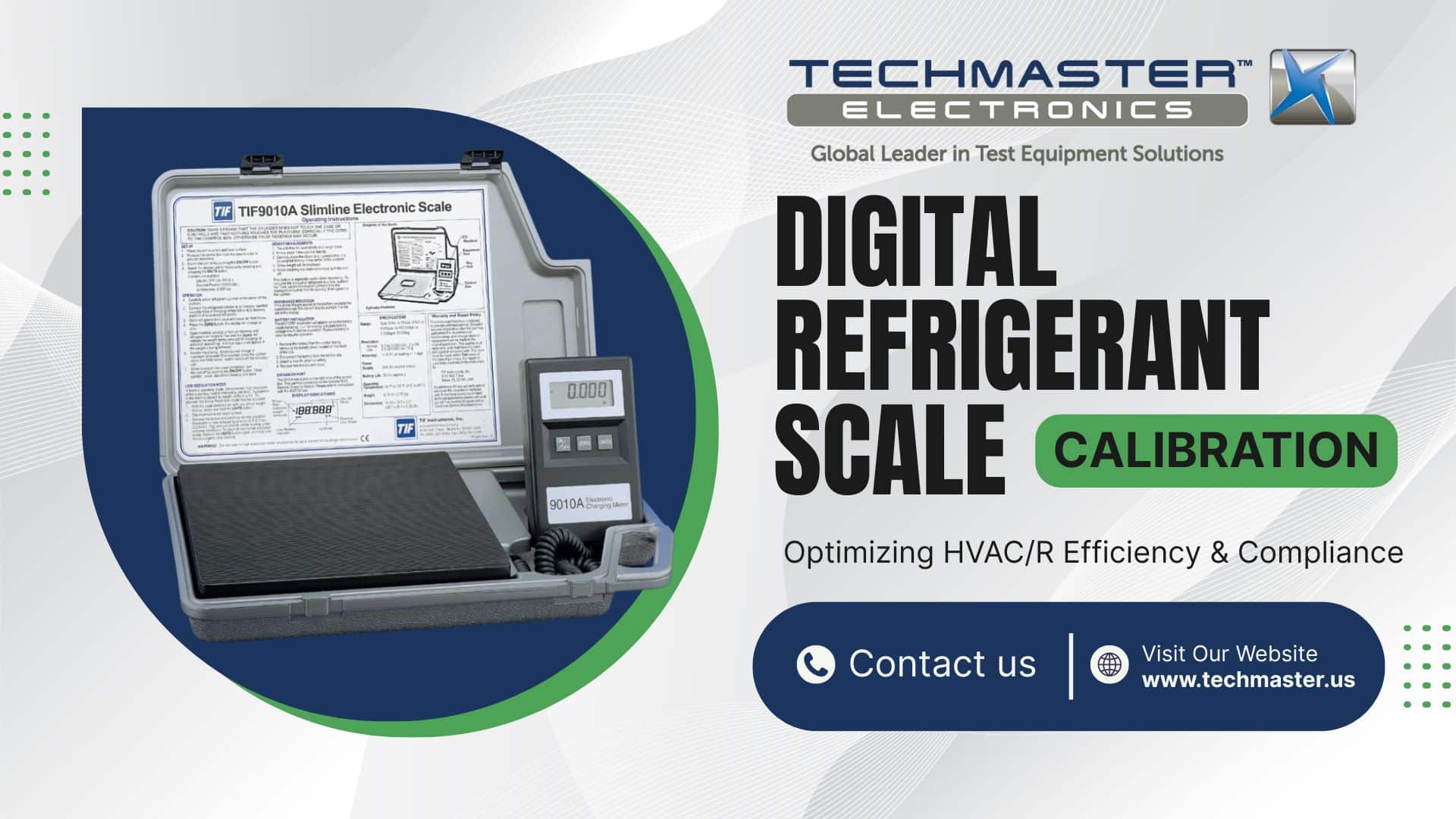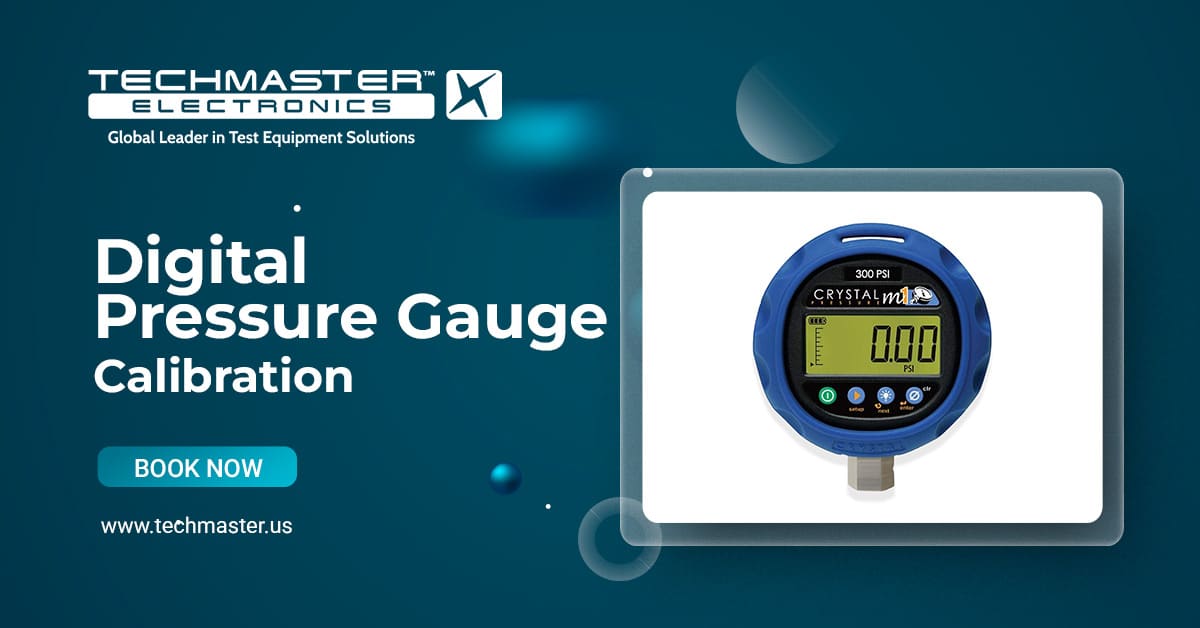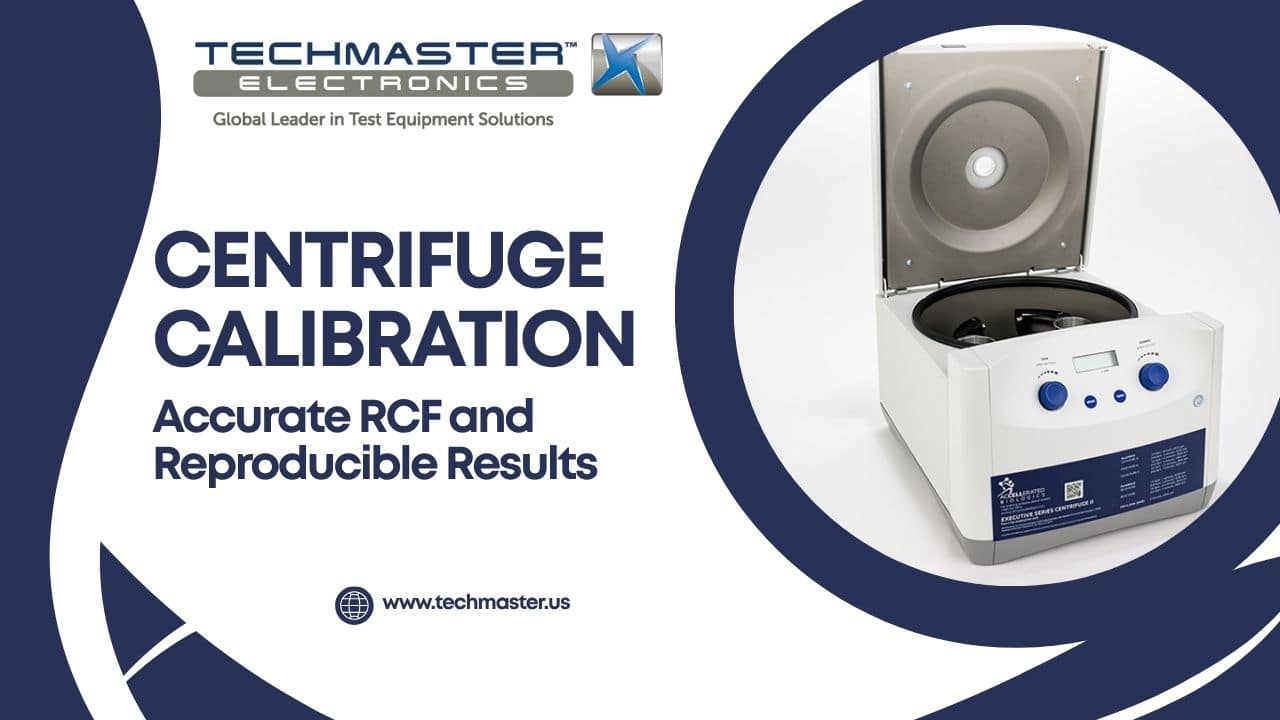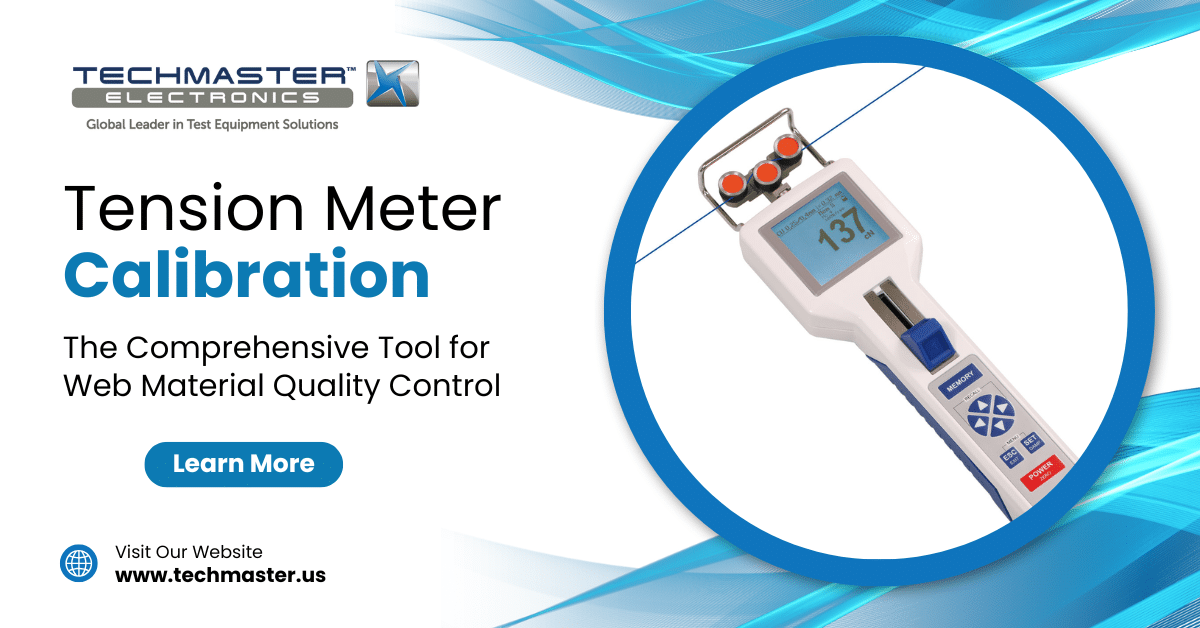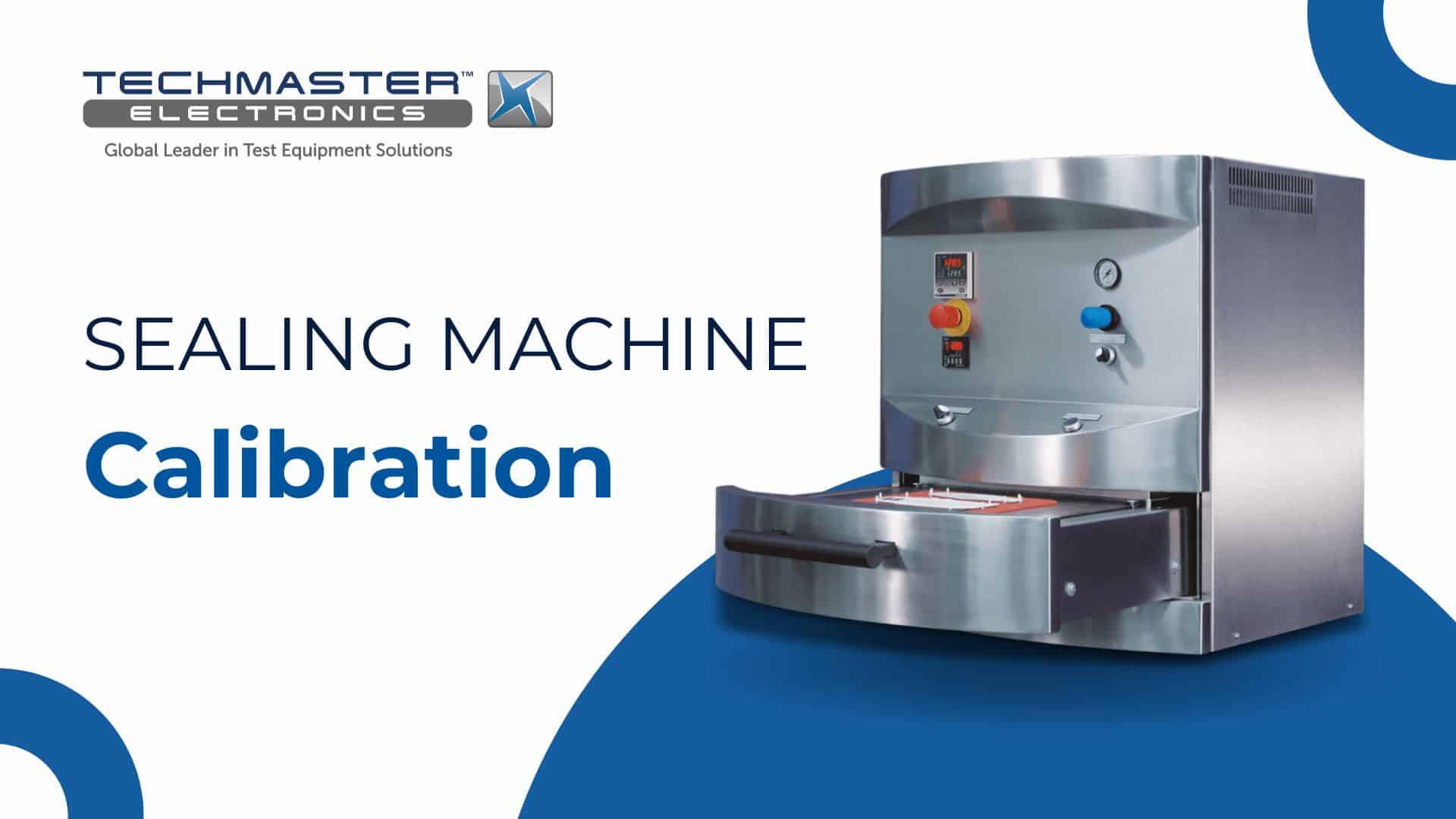1. What is a hydrometer?
A hydrometer is a handy tool used to check how dense or heavy a liquid is. It looks like a long glass stick with a weighted bulb at one end and markings along the tube to measure specific gravity. This tool is incredibly useful in various industries, such as making delicious drinks, building cars, and conducting experiments. By measuring a liquid’s density, hydrometers help determine things like taste, texture, and overall performance.
2. How does a hydrometer work?
A hydrometer works using the principle of buoyancy, which allows it to measure the density of liquids accurately. When placed in a liquid, it floats at a specific level based on the liquid’s density. The scale where the hydrometer meets the liquid surface shows the specific gravity.
Why are hydrometer measurements important?
Hydrometers are essential in beverage production, where they measure initial and final gravity before and after fermentation. These readings help calculate alcohol content, ensuring the desired flavor and quality.
Temperature calibration for accurate results
Most hydrometers are calibrated for a specific temperature, usually 60°F (20°C). Because liquid density changes with temperature, adjustments are necessary if the liquid isn’t at the calibrated temperature. This process, known as temperature compensation, ensures precise readings.
Versatile applications
Hydrometers are used after fermentation to determine residual sugar levels, which influence whether a drink is dry or sweet. Beyond beverages, they are also vital in scientific research and environmental monitoring, where they analyze liquid properties and particle sizes.
Mastering Hydrometer application for precision
Understanding how a hydrometer works, along with the importance of temperature calibration and accurate readings, ensures reliable results. Whether you’re crafting beverages, monitoring the environment, or conducting advanced research, a hydrometer is a key tool for precision.
3. Different types of a hydrometers
Hydrometers come in various forms, each designed for a specific purpose across various industries. Here are the most common types:
1. Standard glass hydrometer
The standard glass hydrometer features a long glass tube with a weighted bulb at the bottom. It is versatile and provides direct specific gravity readings, making it ideal for general use, such as measuring the density of chemicals, water treatment solutions, and other industrial liquids.
2. Alcohol hydrometer
Designed for the brewing and distilling industries, alcohol hydrometers measure the alcohol content in beverages. By reading the specific gravity before and after fermentation, users can calculate the alcohol by volume (ABV). The scale is typically marked in percentages, ensuring accuracy in crafting spirits and beer.

Alcohol Hydrometer
3. Battery hydrometer
A must-have for maintaining lead-acid batteries, the battery hydrometer measures the electrolyte’s density. This reading indicates the battery’s state of charge, helping prevent failures in vehicles and equipment.

Battery Hydrometer
4. Saccharometer
Essential in brewing and winemaking, saccharometers measure sugar content in liquids. This helps monitor fermentation progress, calculate alcohol content, and ensure the desired flavor and consistency of beverages.
5. Floating hydrometer
Widely used in the petroleum industry, floating hydrometers measure the density of fuels and light oils. Their durability makes them ideal for harsh environments, with applications extending to chemical and pharmaceutical production.

Floating Hydrometer
6. Urinometer
A urinometer is a specialized medical tool used to measure the specific gravity of urine. Typically made of plastic, it is lightweight and easy to handle. Urinometers are commonly found in hospitals and clinics, where they help monitor a patient’s hydration levels. Additionally, they are useful for diagnosing various medical conditions related to kidney function or overall health.
7. Soil hydrometer
Soil hydrometers measure soil density and composition, which are vital for various industries. Farmers use these tools to assess soil fertility and texture, ensuring better crop production. Similarly, engineers analyze soil compaction to create stable foundations for construction projects. By providing clear insights, soil hydrometers support effective decision-making in agriculture, environmental science, and civil engineering. As a result, they play a key role in achieving success across these fields.
4. Hydrometer calibration process
4.1 The Importance of hydrometer calibration
Hydrometer calibration is crucial for achieving accurate and dependable measurements in various industries. It ensures precise readings, which significantly influence product quality and operational safety. For instance, in brewing, calibrated hydrometers help determine alcohol levels and maintain product consistency. Likewise, in the petroleum sector, accurate measurements are necessary to assess fuel quality and grade.
Moreover, calibration helps organizations meet regulatory standards, which is vital for maintaining trust and compliance. Without proper calibration, measurements may become inaccurate, leading to costly errors, material waste, or even safety issues. Additionally, routine calibration improves the longevity of hydrometers by ensuring they operate within optimal conditions.
Besides these advantages, calibration also boosts efficiency by reducing measurement inconsistencies. This consistency not only lowers costs but also maximizes resource utilization. In conclusion, regular hydrometer calibration supports operational excellence and strengthens confidence in product quality and reliability.
4.2 Equipment required for hydrometer calibration
Calibration Equipment:
- Reference Hydrometer: ANTON PAAR DMA 4500M
- Thermal Bath
- Digital Thermometer
Supporting Equipment:
- Measuring Cylinders
- Magnifying Glass
- Distilled Water
- Ethanol
- Various Chemicals for Solution Preparation
- Glass Stirring Rods
Units Under Test (UUT):
- Hydrometers (glass/electronic) to be calibrated
4.3 Prerequisites for Calibration:
Ensure the following conditions during the calibration process:
- Temperature: (20 ± 1) ºC
- Humidity: (40 to 70)% RH
4.4 The hydrometer calibration process
1 Preparation for hydrometer calibration
Select five calibration points across the scale of the hydrometer (UUT). These points should represent 10%, 30%, 50%, 70%, and 90% of the scale, avoiding the endpoints.
Follow Appendix 3 of the Vietnam Measurement Procedure 293:2016. Use NaCl to prepare calibration solutions with densities ranging from 1 g/cm³ to 1.2 g/cm³.
Place calibration solution containers in a thermal bath set to (20 ± 0.1) ºC.
Clean the measurement sections of both the reference standard (STD) and the UUT following their user manuals.
Power on electronic devices for at least 30 minutes before calibration to ensure stability.
2 Visual inspection
Inspect the UUT for any damage or irregularities that could impact performance.
Ensure the markings or indicators on the UUT are clear and not distorted, faded, or smudged.
3 Measurement Check
Compare the density readings of the reference hydrometer (STD) and the UUT using the same calibration solution under identical temperature conditions.
Determine Solution Density Using STD:
Collect samples as instructed by the STD’s manual.
Record the density value of the calibration solution. Repeat the measurement five times for each solution.
Clean the STD’s measurement section with distilled water or a suitable solvent before moving to a new calibration point. Rinse it three times with the next solution before measuring again.
Determine Solution Density Using UUT:
For Electronic UUTs:
Follow the manufacturer’s guidelines for sampling and measuring.
Repeat the steps used for determining density with the STD.
For Glass UUTs:
Pour the calibration solution into a measuring cylinder. Stir with a glass rod and wait for bubbles to dissipate.
Lower the UUT gently into the solution, ensuring it floats freely 3–4 mm above the calibration point. Keep the UUT axis perpendicular to the liquid surface.
Ensure the UUT stabilizes without touching the container walls before taking a reading. Repeat five times and record the results.
If the solution temperature deviates from 20°C, apply correction values according to Vietnam Measurement Procedure 293:2016.
Clean the UUT between calibration points according to the guidelines, and repeat the process for the remaining points.
5. Industrial applications of hydrometer
Hydrometers play a vital role in many industries, offering accurate measurements to maintain quality, safety, and efficiency in various processes.
Brewing and Winemaking
Hydrometers help brewers and winemakers measure specific gravity during fermentation. This step determines alcohol content and ensures consistent product quality.
Battery Maintenance
They check the specific gravity of battery electrolytes, helping assess the battery’s charge level and overall health.
Chemical Industry
Hydrometers measure solution concentrations, like acids and bases, to guarantee proper proportions and safe handling.
Dairy Industry
Lactometers detect milk purity by identifying signs of adulteration or dilution, ensuring product quality.
Petroleum Industry
In the petroleum sector, hydrometers assess crude oil and fuel density to determine their quality, grade, and value.
Environmental Monitoring
They monitor water density in natural bodies, helping track water quality and detect pollution effectively.
Food and Beverage Industry
Hydrometers ensure consistent flavor by measuring sugar, alcohol, and other soluble substances in products.
Pharmaceutical Industry
These tools maintain precise concentration standards in liquid medicines, ensuring their safety and effectiveness.





